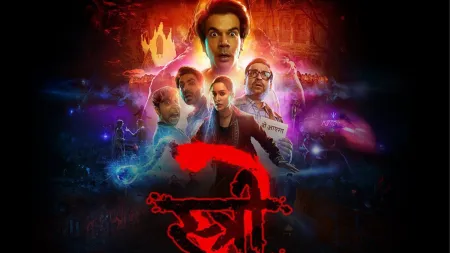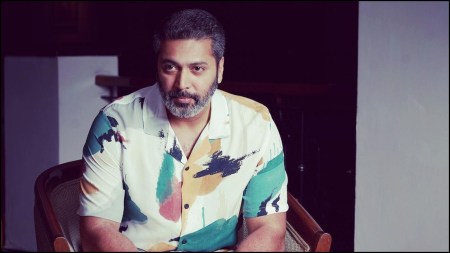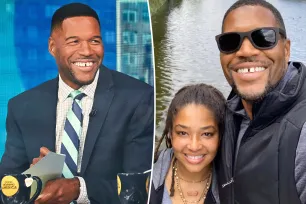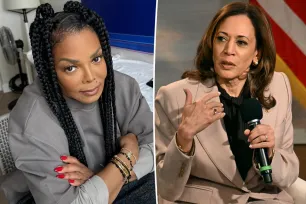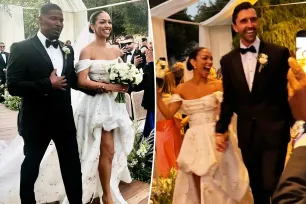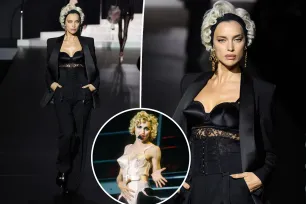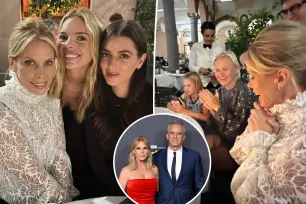Written by: Anas Arif

At precisely the one hour and forty-minute mark, Khosla Ka Ghosla presents a moment that acts as its moral conscience. This powerful scene not only deepens the narrative but also offers the closure it had been seeking. Khosla (Anupam Kher), who has remained largely inert throughout the second half — merely a spectator to the scheming and plotting led by his son, Cherry (Pravin Dabbas) — finally takes charge and asserts himself. He challenges the ethical foundation of Cherry’s plan. When Cherry dismisses his concerns, Khosla delivers what is arguably the most understated line in a screenplay full of brilliant one-liners: “Sharafat kehte hain ise… agar yeh shabd yaad hai toh (This is what decency looks like, if the word still holds meaning).”
Decency, compliance, and caution were the values Khosla had always cherished. His moral compass and unwavering honesty were the cornerstones of his pride. But, his son not only questions these principles but dismisses them entirely, leaving Khosla feeling diminished and irrelevant. Witnessing the erosion of the values he instilled in his children is an even greater defeat than losing his land to an unscrupulous property dealer. It leaves him deeply unsettled in his own home as Cherry and his friends devise a plan to reclaim the land Khosla has lost to a corrupt and indifferent system. Khosla struggles to comprehend their approach, much like Cherry, who constantly challenges inveterate moralities and pushes the boundaries his family has long adhered to.
 Anupam Kher, Ranvir Shorey, Parvin Dabbas and Tara Sharma in a still from Khosla Ka Ghosla.
Anupam Kher, Ranvir Shorey, Parvin Dabbas and Tara Sharma in a still from Khosla Ka Ghosla.
The ideological clash and generational divide form the fulcrum of Khosla Ka Ghosla. Released 18 years ago, though unofficially marking its 20th anniversary, having been ready for release in 2004 but delayed due to distribution hurdles — the film explores the existential confusion that plagued the Indian middle class, increasingly marginalised in a rapidly transforming nation. Liberalisation, a recurring thematic pillar in screenwriter Jaideep Sahni’s work, anchors the narrative. In his third screenplay, Sahni incisively critiques the generational rift exacerbated by the forces of liberalisation. At its heart, the film is a study of the father-son conflict, with the spectre of paternal discontent pervading nearly every third scene — manifesting not merely as familial tension, but as a reflection of a society at odds with its values.
Say, for instance, when Cherry expresses dissatisfaction with his name and desires to change it, or when he aspires to move to the United States, these actions symbolise his longing to break free from the constraints of middle-class morality. This disconnect is why Khosla struggles to fully understand his son: as his actions signify rebellion against familial expectations and a departure from the family’s identity. To Sahni’s credit, his writing skillfully positions these minor conflicts throughout the narrative, often surfacing in the most unexpected moments. For example, the charming scene where Khosla attempts to make a drink with his elder son, Bunty (a terrific Ranvir Shorey), or the moment when Khurrana (Boman Irani), the film’s nemesis, bonds with Khosla over their sons’ growing rebellion. Or even the smallest details, such as a bodybuilder wryly stopping Cherry from entering his house with the line, “Kahan ghusse ja raha hai? Tere baap ka ghar hai kya? (Where are you barging inside? Do you think it is your father’s house?)”. The last one not only reinforces the film’s preoccupation with the father-son dynamic but also embodies a spirit deeply rooted in Delhi’s cultural landscape.
Khosla Ka Ghosla was the first, and remains the definitive cinematic representation of Delhi’s venality. After all, the Delhiites’ relentless ambition to ascend the social ladder has always been both overt and, at times, embarrassing. So be it the small visa offices promising tickets to the United States, the shady brokers counting stacks of cash, the elderly uncles lamenting the corporate entrapment of their children while navigating the DTC buses, and, most notably, the obsession with acquiring a home in South Delhi — Sahni critiques the essence of a middle class that is often classist in its proclamations and trapped in an endless loop of deceit and dreams.
Dibakar Banerjee’s direction, marking his debut with the film, not only elevates Sahni’s first-rate text but also injects it with a life of its own. His meticulous staging of scenes and the carefully designed mise-en-scène lend a distinctive realism reminiscent of Sai Paranjpye’s works. Consider the moment when Khurrana is first introduced to Khosla and, by extension, to the audience. Both Bunty and Khosla patiently await Khurrana’s arrival, fixating on a painting depicting a lion preying on a deer. The subsequent sequence features a series of cut-ins showcasing the quirkiest objects within the office, culminating in an imposing shot of the lion, before cutting to Khurrana placing his hand on Khosla’s shoulder — echoing the dynamics of the painting. A low-angle shot follows, finally revealing the nemesis who looms large on the screen and in Khosla’s life.
 A still from Khosla Ka Ghosla.
A still from Khosla Ka Ghosla.
However, the film’s most memorable aspect remains the character of Bapu, (masterfully played by the late Navin Nischol). Cherry inducts Bapu into his scheme, transforming him into a con artist who will outwit the formidable Khurrana. It’s a performance within a performance, as Bapu is tasked with playing the wealthy NRI Sethi, navigating a spectrum of emotions — fumbling, questioning his ethics, and contemplating withdrawal, all while remaining behind the scenes. Yet, when he is on screen, he revels in his role, delivering the final, most distinct laugh.
Arguably the film’s best scene, which endures in collective memory, features Bapu in a long, unbroken take that astounds both the audience and his fellow characters with his remarkable transformation in tone, posture, and attitude. His iconic line, “Aap Broker Hai ya Party? (Are you the broker or the party?)” continues to elicit laughter, as it subverts expectations and allows the middle class to confront the very system designed to exploit them. The resonance extends beyond the line itself to Sethi, whose crooked portrayal renders the crook all the more crooked. After all, Sethi serves as a bridge between two Indias, of who are Khosla and Khurrana.
Click for more updates and latest Bollywood news along with Entertainment updates. Also get latest news and top headlines from India and around the world at The Indian Express.
Disclaimer: The copyright of this article belongs to the original author. Reposting this article is solely for the purpose of information dissemination and does not constitute any investment advice. If there is any infringement, please contact us immediately. We will make corrections or deletions as necessary. Thank you.
